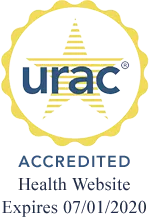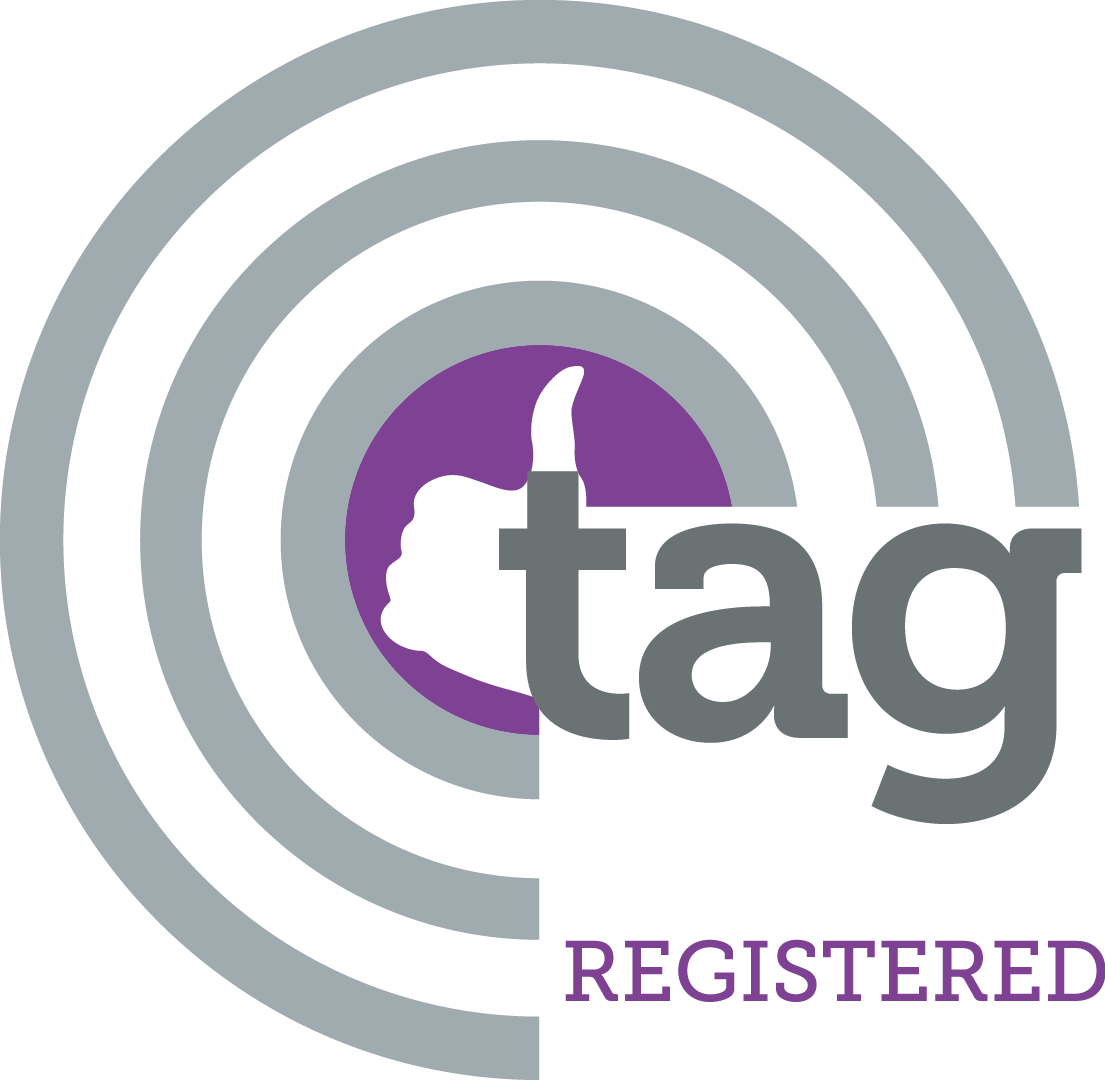Nasal Spray May Provide New Answer for Erectile Dysfunction
This content has not been reviewed within the past year and may not represent WebMD’s most up-to-date information.
“>From the WebMD Archives
Feb. 9, 2001 — The latest treatment for erectile dysfunction comes in a thumb-sized atomizer that delivers enough of the drug to coat the nasal passages: spray, wait 15 minutes, and “you are good for about an hour,” says Carl Spana, PhD, president and CEO of Palatin Technologies Inc., the Princeton, N.J.-based drug manufacturer.
The new drug, with the name PT-141, is about four years away from approval by the FDA, Spana tells WebMD. Because the drug works on the central nervous system to stimulate nerves to release molecules that cause tiny blood vessels in the penis to open, or dilate, “we expect PT-141 to work on all types of erectile dysfunction, regardless of the cause,” says Spana.
Erectile dysfunction can be caused by a number of medical conditions, such as diabetes, high blood pressure, and high cholesterol, or by damage resulting from prostate cancer surgery. Besides these “organic” causes, the failure to achieve and/or maintain an erection can also be caused by psychogenic factors, says Spana. “We think this drug should work in all patients . it will release signaling molecules that stimulate vasodilators to vasodilate by acting like a turbo-charged signal,” he says.
If this new drug makes it through all the safety and effectiveness trials required for FDA approval, it could not only be a valuable treatment but also could put Spana’s tiny company on the map. Right now, the company has only one approved drug — a type of high-tech dye that allows radiologists to pinpoint the site of an infection.
When Viagra hit the market in 1998, it revolutionized the treatment of erectile dysfunction and added millions of dollars to the profit column of Pfizer, its maker. But it doesn’t work for everyone, and that remaining need combined with the expectation of a financial bonanza continues to drive researchers to come up with new drugs.
Hunter Wessells, MD, an associate professor of urology at the University of Washington, says PT-141 has the potential to be “the ideal [erectile dysfunction] drug. The goal for therapy has always been to get a fast-acting, easy-to-administer drug with minimal side effects and good efficacy. A nasal spray also covers the on-demand aspect that has been applied to the concept of the ideal drug for treatment of [erectile dysfunction].”
Administering a drug through the nose is not a novel idea, says Wessells, who points out that this route is already used for Imitrex, a drug used to treat migraine headaches. He explains that drugs are quickly absorbed through the linings of the nasal passages and thus may enter the bloodstream even faster than drugs administered as pills.
While PT-141 is a central nervous system stimulator, Viagra works by helping to relax smooth muscle cells, which increases the blood flow to the penis and thus makes it easier to achieve and maintain an erection. Men are advised to take Viagra an hour before attempting sexual relations, and the drug’s effect lasts for about 4 hours.
A few years ago, while teaching at the University of Arizona, Wessells conducted clinical studies of a “molecule that is similar to PT-141.That drug was administered with a subcutaneous injection,” he says. “We studied 20 subjects with 39 administrations and found no serious side effects and no cardiovascular side effects.” Some men who have heart disease can’t take Viagra because it adversely enhances the affect of common heart drugs called nitrates.
Last year there was a great deal of excitement generated by another Viagra alternative called Uprima. That drug was recommended for FDA approval last April, but just as the FDA was poised to issue a final decision, the manufacturer, TAP Pharmaceuticals, withdrew the new drug application. Several vocal opponents of the drug said it caused fainting spells, which in one case caused a car accident when a man passed out at the wheel. The drug also causes nausea, and men were advised to avoid eating when taking the drug, which is given as a lozenge.
Martha McKennitt, a spokeswoman for TAP Pharmaceuticals, which is a joint venture of Abbott Laboratories of Abbott Park, Ill., and Takeda Chemical Industries of Japan, tells WebMD that the company “plans to meet this quarter with the FDA to determine when to resume the approval process” for Uprima.
“There is some overlap of the side effects profile between drugs like PT-141 and [Uprima], at least as far as nausea,” says Wessells. But he says that the effects do not appear as pronounced.
Although Wessells tells WebMD that he is not directly involved in the studies of PT-141, Spana says that Wessells serves on Palatin’s clinical advisory board.
PT-141 is now being tested in safety trials in healthy men. Spana expects to complete those studies by May and then begin dose trials in 60 men with erectile dysfunction. Those studies will be used to determine the most effective dose of the drug, he says. When the dose studies are complete, hopefully later this year, the company plans to “enter pivotal studies by the second quarter of 2002,” says Spana. Pivotal studies, also called phase 3 trials, are the final studies required by the FDA before a drug can be considered for approval. “If all goes well,” he says, “we will have the FDA approval by late 2003 or early 2004.”
further reading
Today on WebMD

Can You Avoid ED?
11 tips to protect your erection.

Get the Facts
How much do you know about ED?

What Causes ED?
Things that can deflate erections.

Treatments for ED
How medications work.
Recommended for You
Low Testosterone: How to Tell
What Is ED?
Life Cycle of a Penis
Embarrassing Male Body Problems
Low Sex Drive: Is Low T to Blame?
How Erections Change as We Age
10 Foods to Boost Men’s Health
Treatments for Erectile Dysfunction
Tools & Resources
Health Solutions
More from WebMD
WebMD Network
For Advertisers
© 2005 – 2018 WebMD LLC. All rights reserved.
WebMD does not provide medical advice, diagnosis or treatment.





